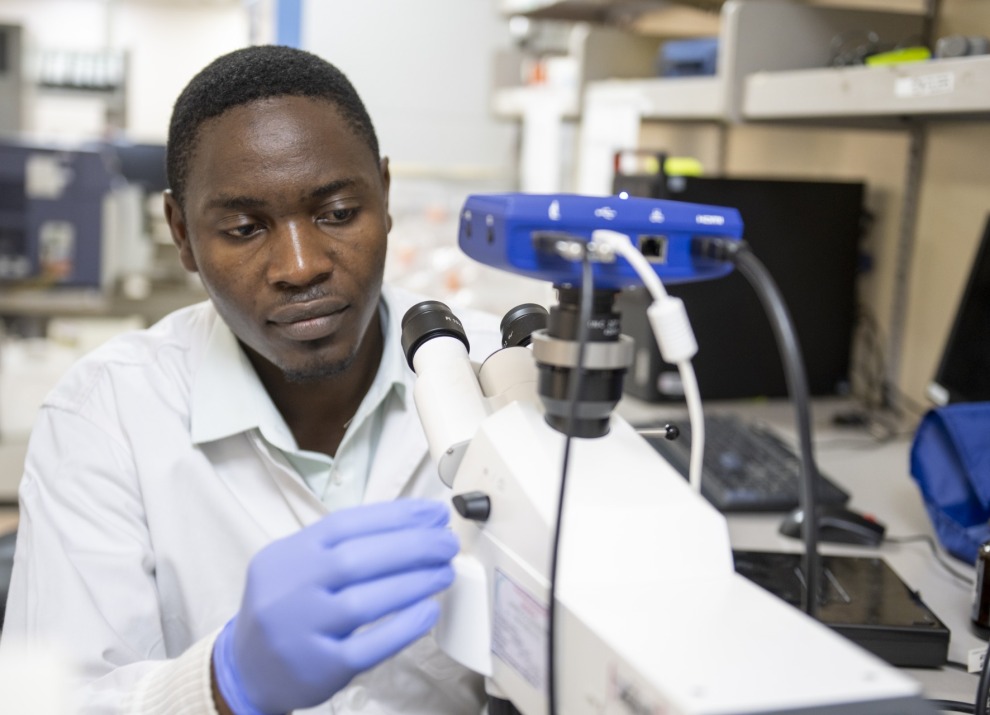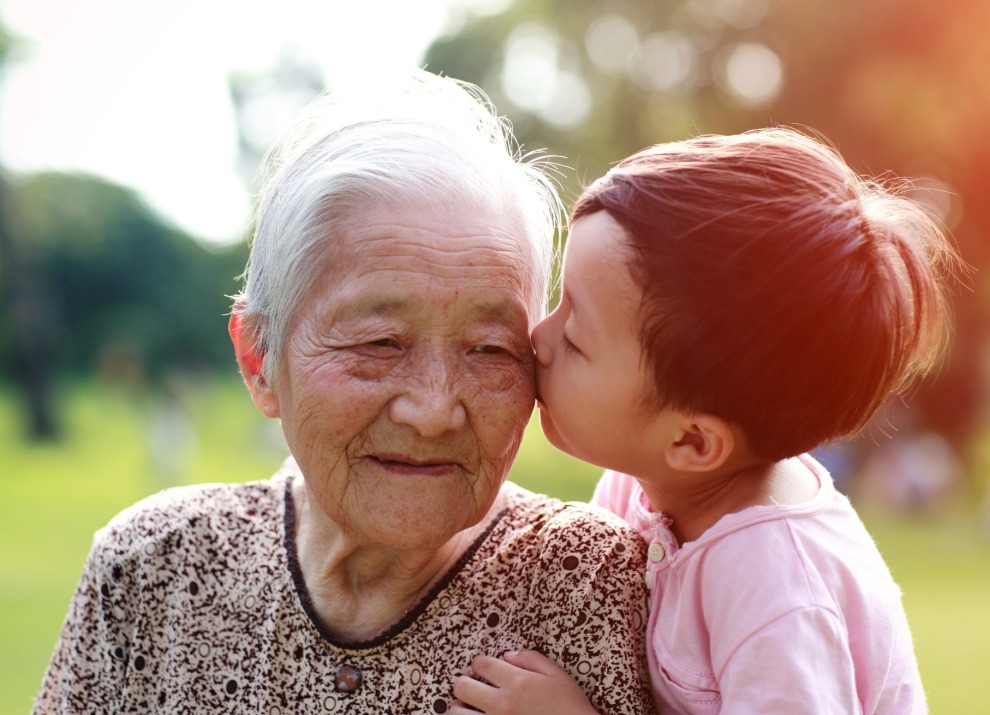Vaccines 101: Their History, How They Work, and Their Impact

The Origin of Vaccines
Early Methods of Immunization
Before vaccines, it was recognized that exposure to or infection with some diseases would confer immunity. Efforts to expose individuals to recurring epidemic diseases such as plague or smallpox took various forms over the centuries. One method, variolation involved exposing individuals to material such as ground-up scabs from smallpox sores, often by inhaling or scratching the skin to introduce the virus. Different methods of variolation were recorded in China, India, Africa, and Europe.
The First Vaccine: Edward Jenner and Smallpox
English physician Dr. Edward Jenner is credited with creating the first vaccination. In 1796, he used material from cowpox (a disease related to smallpox) to inoculate 8-year-old James Phipps. Two months later, Jenner exposed Phipps to smallpox – but the child did not get the disease. The term “vaccination” derives from “vacca,” the Latin word for cow.
Early Vaccines
In 1885, Louis Pasteur prevented rabies with a series of 13 post-exposure injections. In 1894, an antitoxin for diphtheria was developed. Vaccines for yellow fever and pertussis were introduced in the 1930s. The first influenza vaccine appeared in the 1940s, developed in part by Jonas Salk, who later invented the inactivated polio virus vaccine in the 1950s. Albert Sabin’s oral polio vaccine was approved in 1960.
How Vaccines Work
Understanding the Immune System’s Role
The immune system defends against harmful pathogens like bacteria and viruses by:
- recognizing unique markers called antigens,
- producing antibodies to target them, and
- deploying T-cells to clear infections.
It also stores memory cells to quickly combat future encounters with the same pathogen.
Vaccines leverage this process by introducing weakened or inactive antigens, training the immune system to respond effectively without causing illness, and sometimes reducing disease severity even if complete prevention isn’t achieved.
What’s Inside a Vaccine?
Live and Inactivated Vaccines
- Live Attenuated Vaccines: Use an extremely mild form of the pathogen (virus or bacteria) that causes disease. The pathogen is specially treated so it can’t cause illness but still trains the immune system to recognize and fight the real disease if encountered in the future. Examples: Oral polio; Measles, Mumps, and Rubella (MMR); Rotavirus; Yellow Fever.
- Inactivated Vaccines: Use a killed version of the pathogen, usually treated with heat, radiation, or chemicals (such as formaldehyde). Inactivated vaccines do not trigger as strong an immune response as live vaccines but can be more stable. Examples: Influenza, Hepatitis A, Rabies.
Subunit, Conjugate, and Toxoid Vaccines
- Subunit Vaccines: Use only a purified part of the pathogen, such as proteins or sugars, to trigger an immune response. Examples: Shingles, Hepatitis B, HPV.
- Conjugate Vaccines: Combine weak antigens with a recognizable protein to strengthen the immune response. Examples: Haemophilus influenzae type b (Hib), Pneumococcal vaccine.
- Toxoid Vaccines: Target bacterial toxins rather than bacteria themselves. Examples: Tetanus, Diphtheria, Pertussis.
mRNA and Recombinant Vaccines
- mRNA Vaccines: Instead of using a protein-based antigen, these vaccines contain messenger RNA, which instructs the body’s cells to produce the protein antigen that triggers immunity. Examples: COVID-19 vaccines.
- Recombinant Protein Vaccines: Use recombinant technology to create an antigen by inserting a piece of DNA from a virus or bacteria into a host cell, which then produces the target protein. This protein is purified and used in the vaccine to stimulate an immune response. Examples: Hepatitis B, HPV.
Other ingredients used in vaccines may include water and buffer solutions to maintain pH balance, preservatives to prevent contamination, stabilizers to improve shelf life, and adjuvants to help boost the immune response.
The Life-Saving Benefits of Vaccines
Global Impact and Public Health
Vaccines have saved an estimated 154 million lives – the equivalent of 6 lives every minute of every year – over the past 50 years. The vast majority of lives saved were those of infants. Childhood vaccinations today prevent an estimated 4 million deaths annually.
Economic and Social Benefits
- Healthcare Cost Reduction: In 2009, vaccination resulted in a net economic benefit of almost $69 billion in the United States alone. Source
- Increased Productivity: Research shows that in 73 low- and middle-income countries, for every $1 spent on vaccination, there is a $21 return on investment from savings in healthcare costs, lost wages, and productivity.
- Herd Immunity: Immunization protects entire communities by preventing the spread of infectious diseases.
Vaccine Safety & Monitoring
Agencies Ensuring Vaccine Safety
In the U.S., various agencies continue to track vaccine safety and reports of any incidents even after they have been approved by the FDA. Organizations ensuring vaccine safety include:
- VAERS (Vaccine Adverse Event Reporting System): A public reporting system for vaccine-related side effects.
- Vaccine Safety Datalink: A collaboration between CDC and healthcare organizations for ongoing monitoring.
- CISA (Clinical Immunization Safety Assessment Project): Conducts clinical research on vaccine-related health risks.
The Future of Vaccination
Scientists and researchers are working on innovations to improve vaccine accessibility and efficacy, including:
- Needle-free vaccines (patches, nasal sprays) to make vaccination easier and more accessible.
- mRNA and AI-driven vaccine development to accelerate responses to emerging diseases.
- Universal vaccines designed to target multiple strains of a virus, such as universal flu vaccines. Source
Recommended for You

We make vaccines more accessible, enable innovation and expand immunization across the globe.






